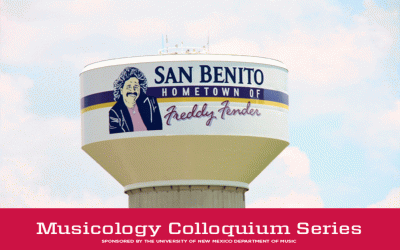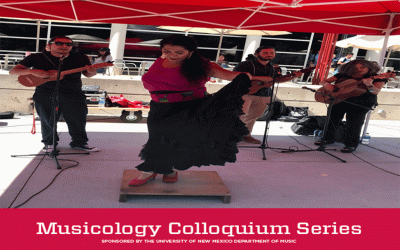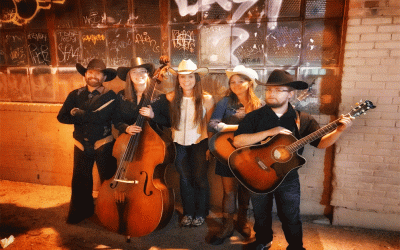DIFFERENT RIVERS:
Sardinian Hill Country and the DIY Ethos of River of Gennargentu
Presented by Diego Pani
Tuesday, November 13th 2018
2:00 – 3:30 p.m.
Fine Arts and Design Library – Main Foyer
In the summer of 2014, the Bluesman “River of Gennargentu” released, on his SoundCloud page, three songs of hill country blues, sung in English and played with a technique like those of historical Delta blues artists, recorded in low-quality sound. Within a few months, the web page collected dozens of comments from users who were amazed by this new “discovery” and demanded the real artist’s origin, as-yet-not-specified. For many listeners, these songs seemed played by an American bluesman: the Gennargentu, however, is not in the United States, but is in fact a mountain range in central Sardinia (Italy). “River of Gennargentu” is from a little Sardinian village named Gavoi, and produces his music drawing inspiration from the US blues musicians of the early 1900s, declaring his love for the DIY philosophy, building his own instruments and using low-fi home-recording techniques. This talk shows how rural blues is redefined by musicians in relation to Sardinian territory, thanks to a complex alternation of retro-mania (the idealized American past) and the idealistic claim which see in the DIY a way to revive the “raw” spirit of the origins of the blues, adapting this one to the cultural space of Sardinia.
Diego Pani works as ethnomusicologist with the Sardinian instituto Superlore Regionale Etnograflco (ISRE). He is also a Ph.D. Student in Ethnomusicology at Memorial University of Newfoundland, Canada. His research focuses on the dynamic of music performance of young generations of musicians in reference of social meaning via audio and video materials in the vernacular traditions of Sardinia. He is also interested in the study of local DIY blues musical scenes, with particular reference with the Sardinian one. Additionally, he is engaged in the production of documentary films, web documentaries, and photo reportages. Besides his academic work, he sings in the rock ’n ’roll band King Howl and manages Talk About Records, a DIY record label specialized in blues, rock ‘n’ roll, and punk rock music.
This event is sponsored by the UNM Department of Music, Outpost Performance Space, Italian Festivals of New Mexico, Albuquerque Italian Language and Culture Group, Talk About Records (Sardegna), the College of Fine Arts, and the Society for Ethnomusicology.
“Reclaiming ‘the Border’ in Texas-Mexican Conjunto Heritage and Cultural Memory”
The Texas border town of San Benito is the subject of this talk which examines how memory and legacy operate within a community of “self-appointed” cultural brokers and a local municipality inspired by capitalist notions of urban development, economic growth and cultural tourism.
Sones de allá para acá: Son Jarocho from Mexico to USA
Son Jarocho is a genre of traditional Mexican music performed in southern Veracruz that has gained prominence in Chicanx communities in the United States. In this talk we will analyze the origins, rhythms, musical forms, and dances both in Mexico and the United States.
UNM Music Students and Community Members to Perform on KUNM 89.9 on 5/11 @7 pm
The UNM Honky Tonk Ensemble, an ensemble that teaches students how to play in a band and that emphasizes the style of classic country music from the ’50s, ’60s and ’70s, to come into KUNM’s Studio A to do a studio session of songs they’ve performed over the course of the semester



